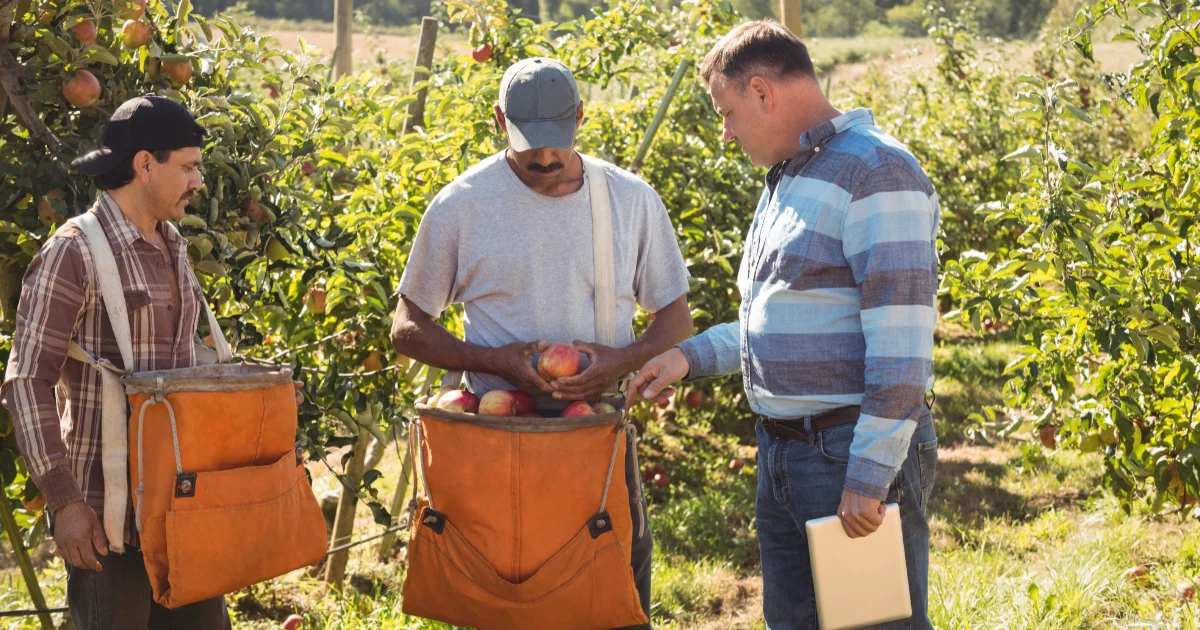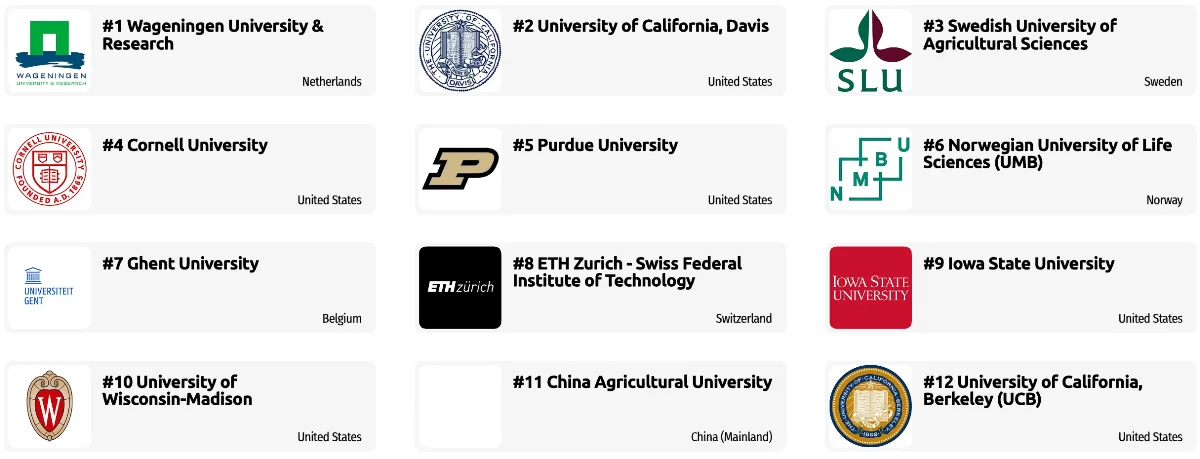Administrator

Any administrator should excel at:
- Providing information to supervisors, co-workers, and subordinates, as well as communicating with people outside the organization, representing the organization to customers, the public, government, and other external sources. This information can be exchanged in person, in writing, or by telephone or e-mail.
- Maintaining information files and processing paperwork.
- Recruiting, interviewing, selecting, hiring, and promoting employees in an organization, and getting them to work together to accomplish tasks by encouraging and building mutual trust, respect, and cooperation.
Operator

Operators are expected to be good at:
- Using either control mechanisms or direct physical activity to operate manufacturing systems.
- Working with hand operated industrial machines and power tools.
- Adjusting knobs, levers, and physical or touch sensitive buttons in industrial devices.
- Running, maneuvering, navigating, or driving vehicles or mechanized equipment, such as forklifts, passenger vehicles, aircraft, or watercraft.
Other work activities related to Supervisors of agricultural crop and horticultural workers
- Inspecting crops, fields, or plants for determining conditions and need for cultivating, spraying, weeding, or harvesting.
- Assigning duties, such as cultivation, irrigation, or harvesting of crops or plants, product packaging or grading, or equipment maintenance.
- Observing workers for detecting inefficient or unsafe working procedures or for identifying problems, initiating corrective action as necessary.
- Reviewing employees’ working for evaluating quality and quantity.
- Preparing and maintaining time or payroll reports, as well as details of personnel actions, such as performance evaluations, hires, promotions, or disciplinary actions.
- Planning or supervising infrastructure or collection maintenance functions, such as planting, fertilizing, pest or weed controlling, or landscaping.
- Preparing reports regarding farm conditions, crop yields, machinery breakdowns, or labor problems.
- Requisitioning or purchasing supplies, such as insecticides, machine parts or lubricants, or tools.
- Estimating labor requirements for jobs and planning working schedules accordingly.







